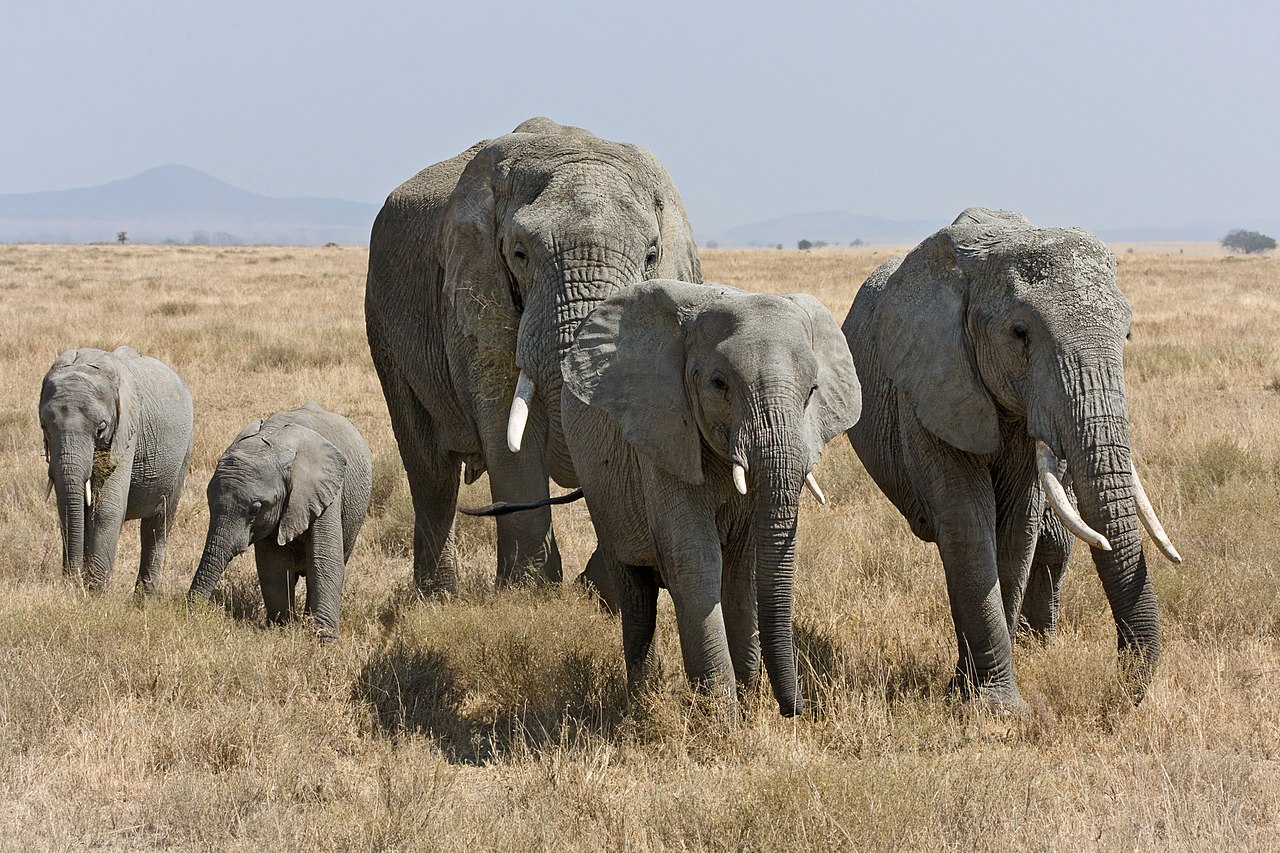Zimbabwe caught between deadly elephant conflicts and US$700m ivory ban
Zimbabwe’s elephant population is booming, but the communities living near them are bearing the brunt of the human-wildlife conflict.
Minister of Environment, Climate Change and Wildlife Sithembiso Nyoni said in 2023 alone, more than 35 people were killed by wildlife and more than 80 were injured.
She said the government is setting up a human wildlife conflict relief fund to assist the families of those killed and injured.
The fund will be managed by the Zimbabwe National Parks (ZimParks) with the involvement of the communities.
“In 2023 alone, more than 35 people were killed by wildlife and more than 80 were injured. The consequences of human wildlife conflict are more serious in wildlife areas such as communities around Hwange National Parks.
“People lose livestock and crops and yet these are an important part of their livelihoods and incomes, apart from them themselves losing lives.

“In most human wildlife conflict hotspot areas, elephants are second to buffalos in terms of human animal conflict. We derive a lot of benefits from our big five in terms of tourism revenue. However, the communities that live close to national parks face tragedy from the increased wildlife population.
“To give you a vivid picture Madam Speaker, in Matabeleland North, the elephant population has increased from 49 310 to 61 531. This was from 2021 to 2022 an increase of 12 221 and this was based on an aerial survey.
“Most of the elephants are in Hwange National Park and regularly destroy people’s crops. They kill people when they are irritated or encounter people.
“Government is setting up a human wildlife conflict relief fund that will provide relief for the remaining family members of those killed and relief for those injured and maimed. The fund will be managed by ZimParks, our entity with the involvement of the communities.
“In this regard, we have a programme of community consultation on how they want this fund to be structured, how it will be managed and the design of the necessary modalities for evaluations and technical assessments,” Nyoni said during a question and answer session in Parliament on Wednesday.
However, the government also has a stockpile of 166,221kg of ivory, worth an estimated USD 700 million, that it is not allowed to sell due to an international ban on ivory trade.
Nyoni said that the government is complying with the ban but is urging for a change in the regulations.
She said that the money from the sale of ivory could be used to fund conservation efforts and compensate communities affected by wildlife conflict.
“Zimbabwe has an ivory stockpile of 166 221.18kg from 26 906 pieces from inside and outside the parks and wildlife estate. We have been responsible for keeping these and eliminating poaching at a very high cost which has allowed wildlife to grow.
“The Convention on International Trade in Endangered Species CITIES banned the international ivory trade in 1989. In 1997 and 2008 recognising that some Southern African Elephant populations were healthy and well managed.
“It permitted Botswana, Namibia and Zimbabwe to make a one-off sale of our ivory. However, as I speak, we have a whole pool of ivory with a stock net worth of US$ 700 million that we are not allowed to sell,” she added.






